Standing on the ruins of civilization long past is often an odd experience. You have to let your imagination do the work, envisioning what life was like in this place centuries, or even millennia, before our time. This is what visiting Cahokia Mounds was like. These remnants are all that is left of a Mississippian civilization that predates European contact by over 500 years. This State Historic Site is worth a stop if you’re in the St. Louis area, but I wouldn’t go out of my way to see it otherwise. I was glad we tacked it on to the final day.
Cahokia – Part of a Great Pre-Columbian Civilization
It’s hard to imagine the cities and cultures present long before the United States of America was a nation. Most of this history I learned in school had to do with the explorers, the various colonial expansions in the western hemisphere, and the Revolutionary War and birth of the USA as its own nation. I didn’t spend a lot of time learning about cultures here before ours. But there were many. And the Mississippian civilization that constructed Cahokia was one of the largest.
The name “Cahokia” itself is a misnomer, as it is the name of a tribe present at the site long after it’s abandonment by the original inhabitants. But it has stuck. The Cahokia site was originally settled one or two centuries before the year AD 1000, with the city’s peak occurring a couple hundred years later. The mounds that still exists are the remnants of an expansive city that archaeologists believe was larger than London in AD 1250. Over 80 Mounds of various sizes remain today, 51 of which are located within the State Historic Site.
The largest and most notable is Monk’s Mound. It is terraced and over 100 feet tall. Historically, it would have had a large building on top which obviously no longer exists.
Archaeologists can find evidence of the wooden palisade stockades that were a common part of Cahokia construction. Near the beginning of the path to Monk’s Mound is a section of reconstructed palisade.
Cahokia was the largest known settlement of Mississippian culture. Some of the standout features of the culture included mound construction, widespread maize agriculture, and trade connections that span the bulk of what is now the United States of America.
The Importance of UNESCO World Heritage Sites
If you’re not familiar with the World Heritage Site designation, here is a quick explanation. The United Nations Educational, Scientific and Cultural Organization (UNESCO) has the task of designating various World Heritage Sites around the world for the significance of either their cultural or natural heritage, or combination thereof. There are over 1,000 such sites designated thus far. As you might expect, the majority of the world’s major iconic monuments (e.g. Eiffel Tower, Pyramids at Giza, the Great Wall of China, Machu Picchu) are all listed, as are hundreds of less-well-known sites.
There aren’t all that many sites listed in United States, remarkably. Sure, we don’t have the same amount of observable history as many other places. But I am still surprised at how few locations are recognized by UNESCO. The Cahokia Mounds make the list, though, with their significance to pre-Columbian history of North America.
Intriguingly, there may have been an equally extensive site located in what is now St. Louis. But with all the construction that has occurred, any historic remnants have been destroyed.
If you want to check out a map of UNESCO sites, one is published and maintained here.
Visiting Cahokia Mounds: What You Need to Know
The Cahokia Mounds State Historic Site is located along Collinsville Road near Collinsville, Illinois. It’s across the river and barely 15 minutes from downtown St. Louis, making visiting Cahokia Mounds easy if you’re visiting the Gateway Arch.
The grounds are open from dawn until dusk. There is a small parking lot on the north side of the road to access Monk’s Mound. A larger parking lot is located next to the Cahokia Mounds Interpretive Center. There is no entry fee.
The Interpretive Center was closed for renovations during our visit this past summer, and it continues to be closed. The closure began March 2022 and is anticipated to be for over a year, so I would expect that we’re looking at mid-2023 as the earliest possible reopening.
Without the interpretive center, the main activity you can enjoy is walking the grounds past the various mounds. Many are marked with signs. You’ll of course want to walk the stairs up Monk’s Mound, the tallest and most iconic mound at the site.
During the summer, guided tours of Monk’s Mound were offered Wednesdays through Sundays at 1:00 PM. These were free, but require reservations, and are offered in lieu of the Interpretive Center. If still closed, I’d expect tours to be offered next summer as well.
There are several signs as you ascend Monk’s Mound, detailing what is known about the site and what archaeologists have theorized its use to be. The walk is fairly easy, but it is quite a climb up the stairs, which are the only way to access the mound. If your mobility is limited, keep this in mind.
Across the road are several more trails passing among mounds of various sizes. I’d say that without the Interpretive Center to visit, you’ll likely be done with your visit in less than an hour.
The boys were far less enthusiastic about the history and significance of the site than I was. I find most places like this to be fascinating and love to learn about the historical and cultural significance of places from centuries past. They, on the other hand, just thought it to be an odd hill we got to climb. As with many of our experiences, I hope some of what we saw and I explained sticks.
Final Thoughts on Visiting Cahokia Mounds
The Cahokia Mounds are something worth seeing in person if you’re in the St. Louis area. I wouldn’t go out of my way to travel here, but I am very glad we tacked it on to the trip we took to the area. It is a fascinating site and an important piece of history that I hope will be well preserved for future generations.

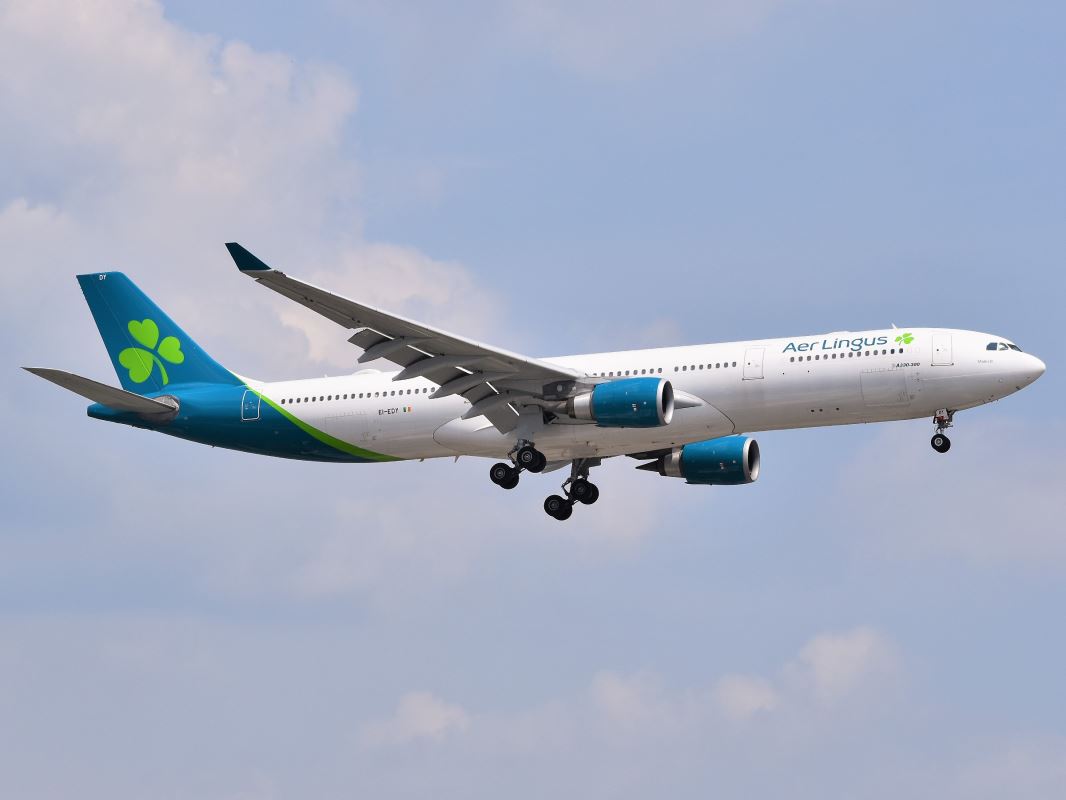


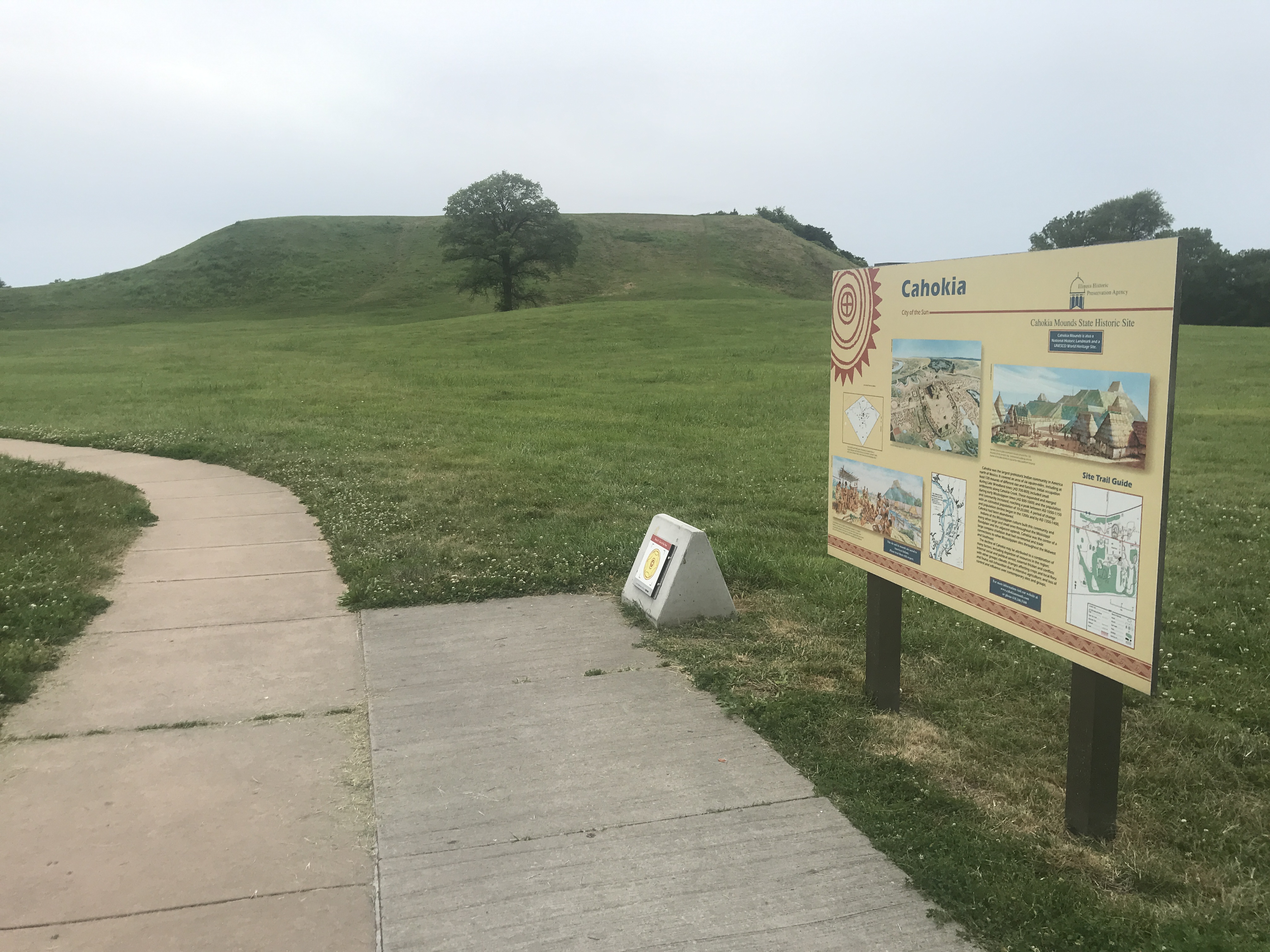
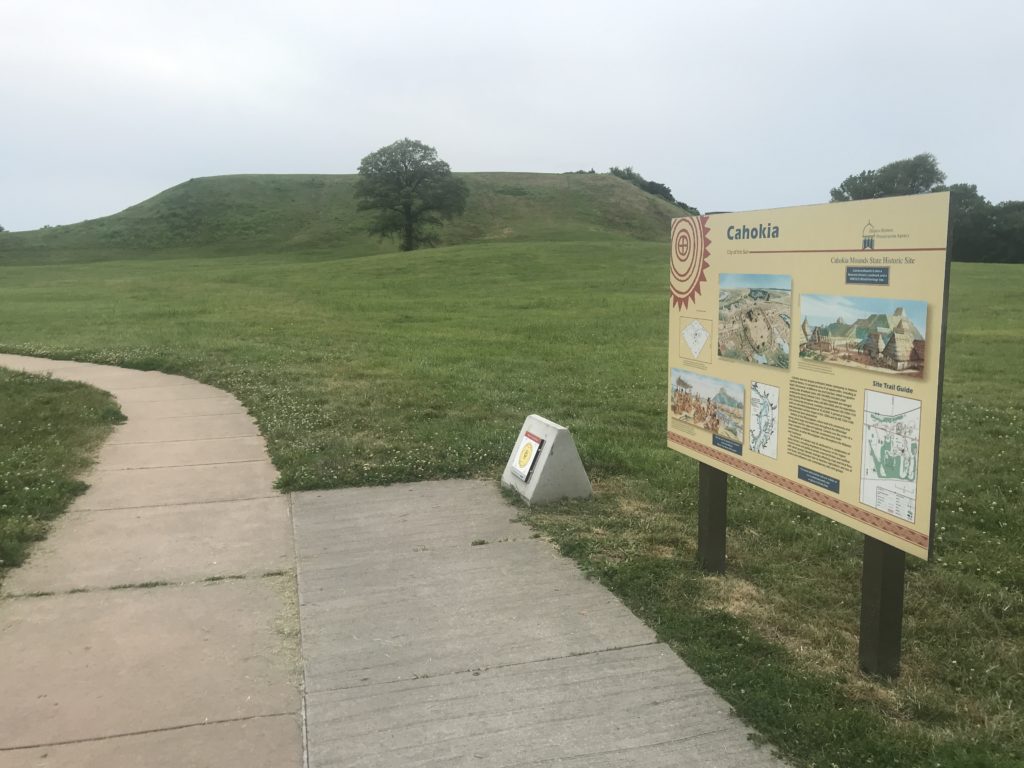
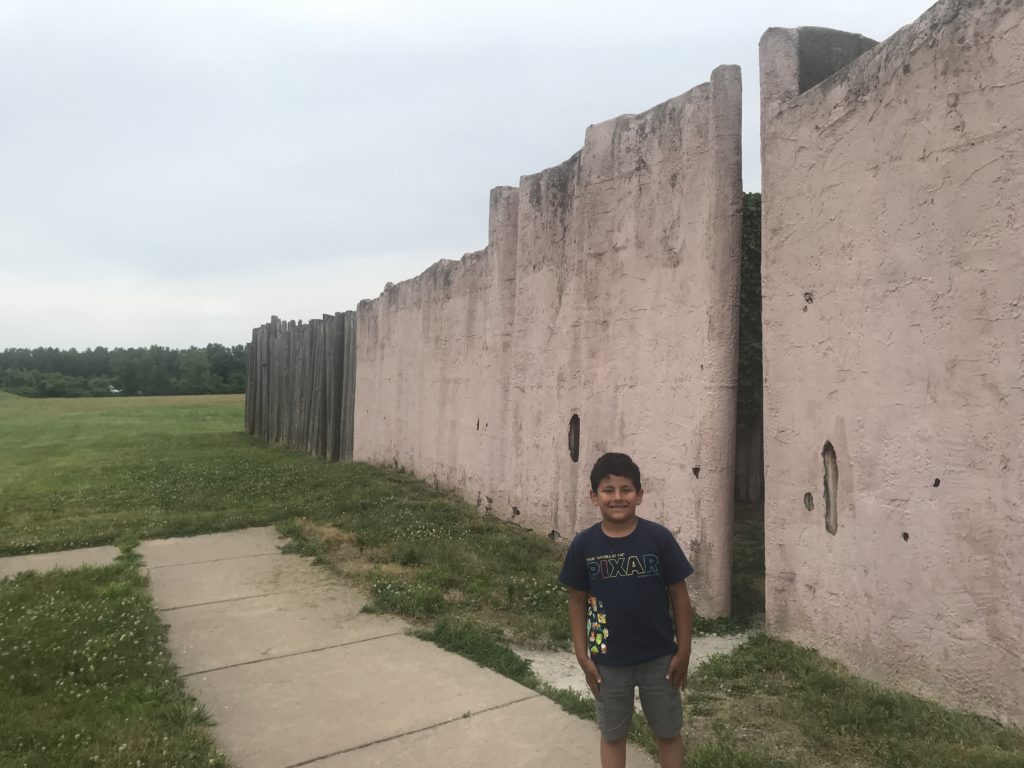
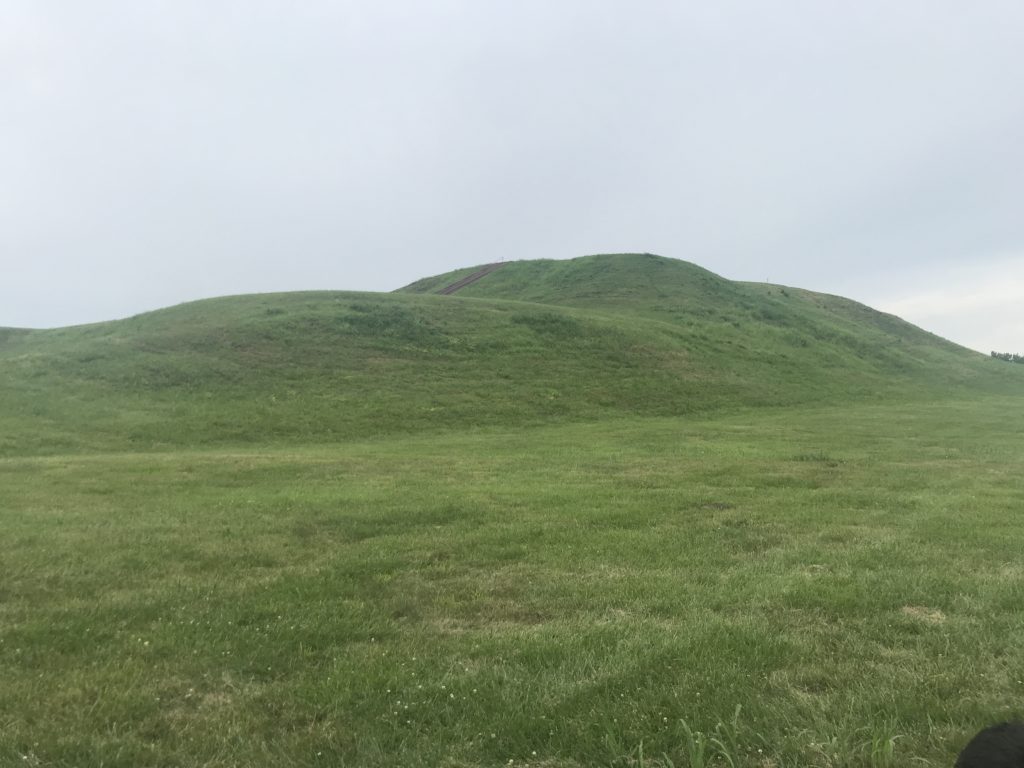
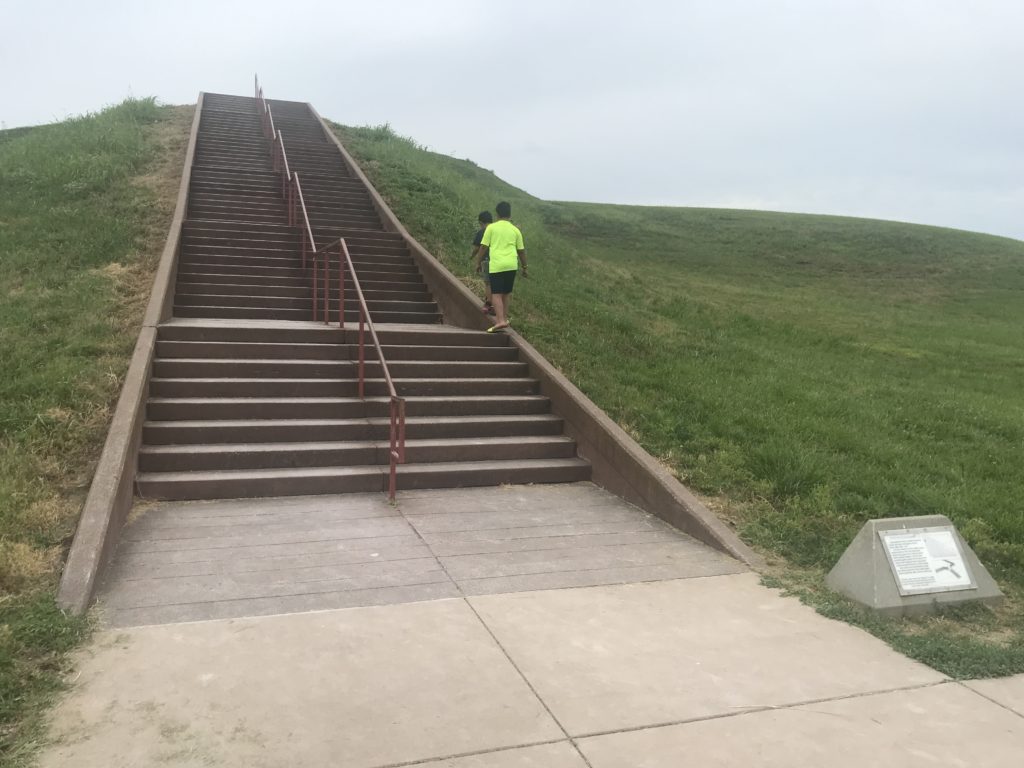
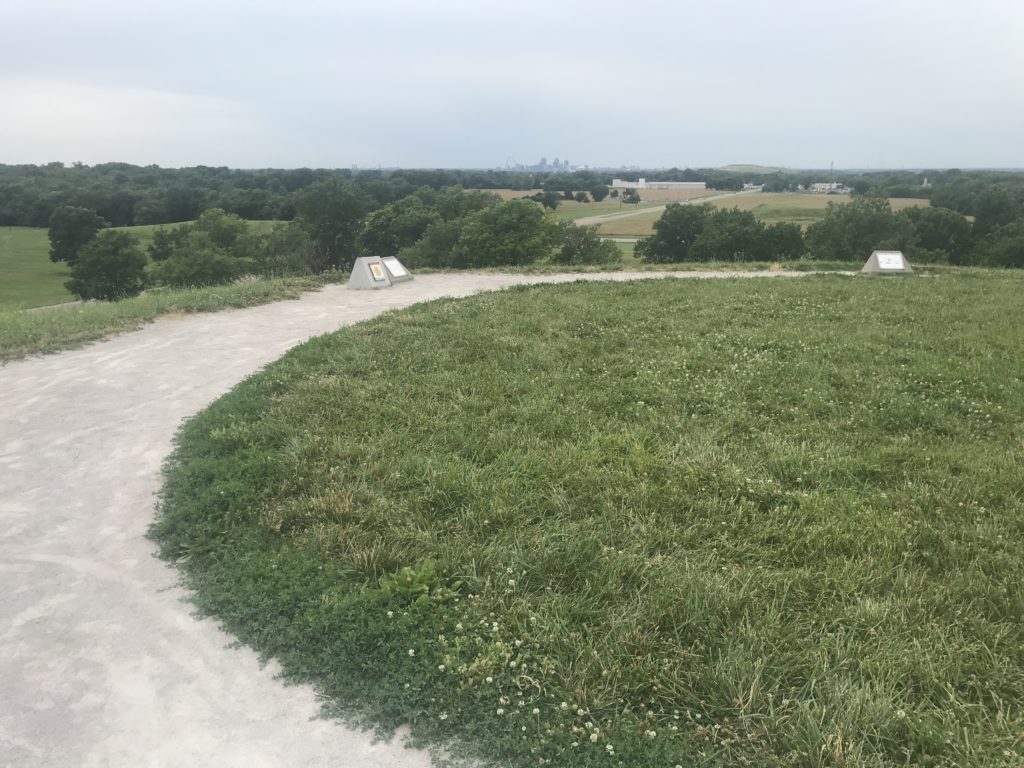
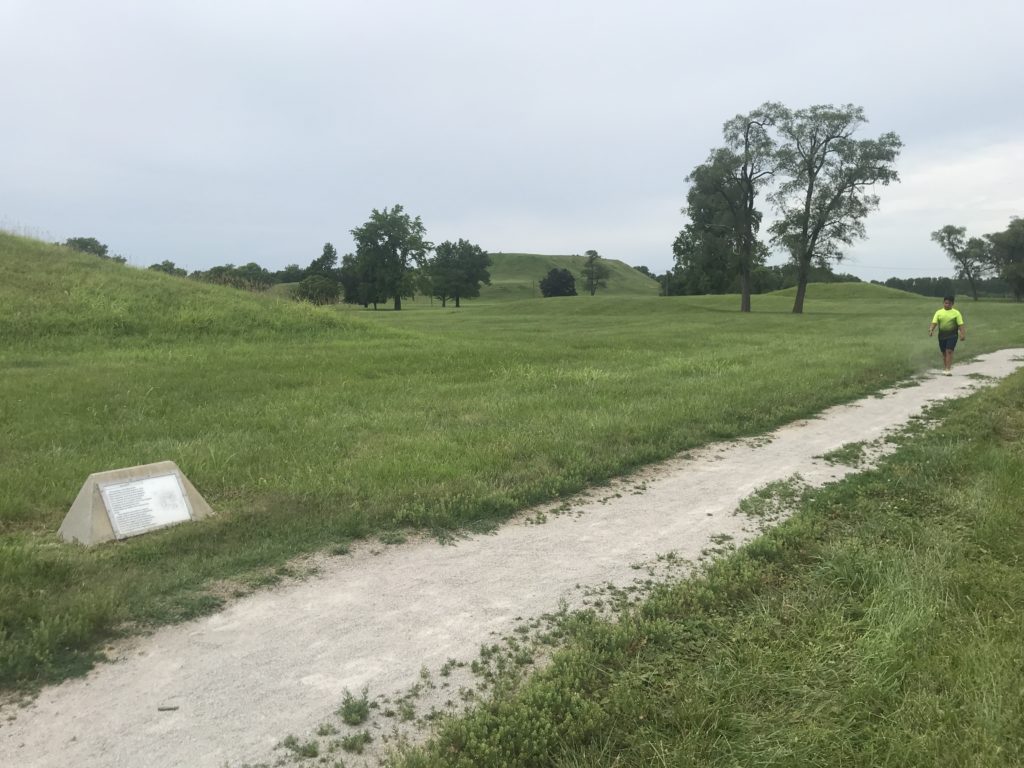
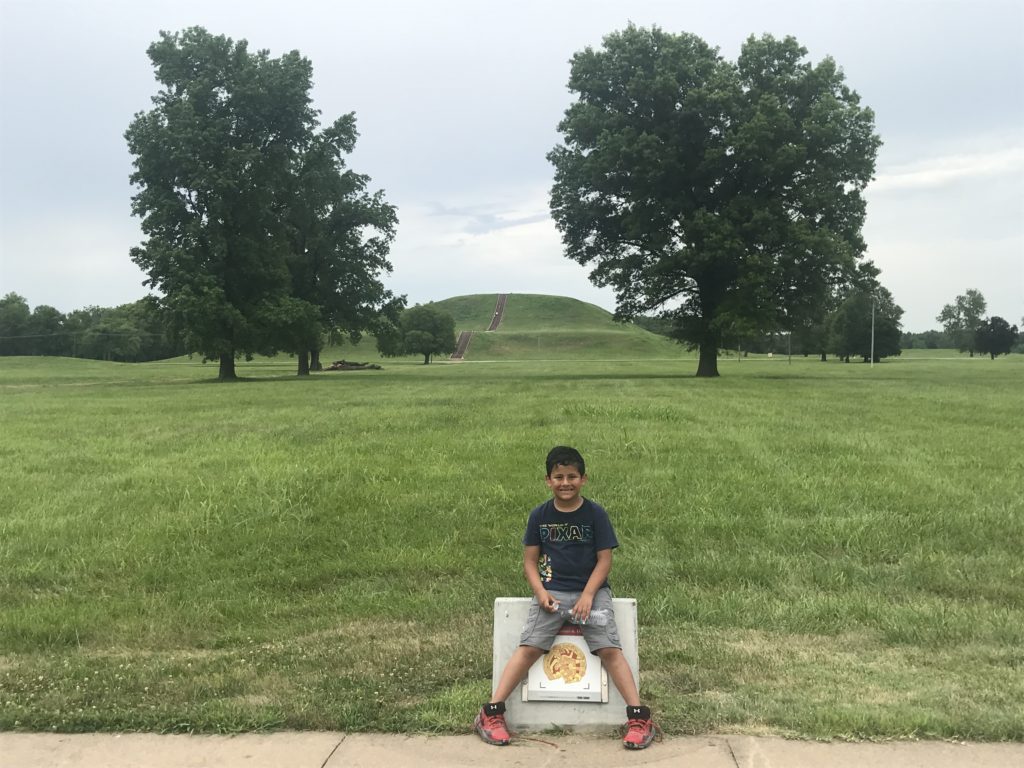


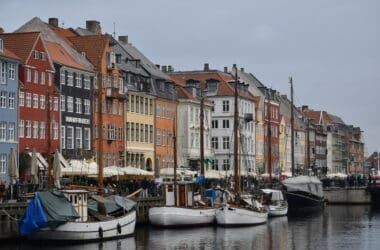


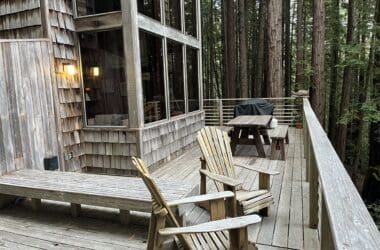

If visiting St Louis I’d add the Weldon Springs visitor center and nearby wine region just west of the metro downtown areas.